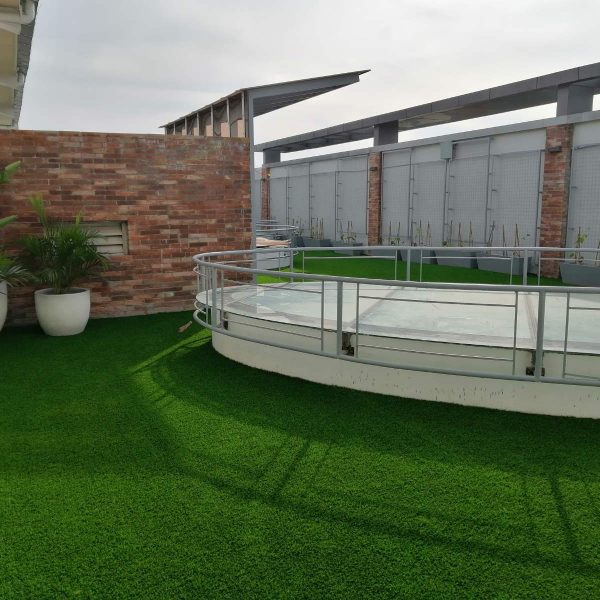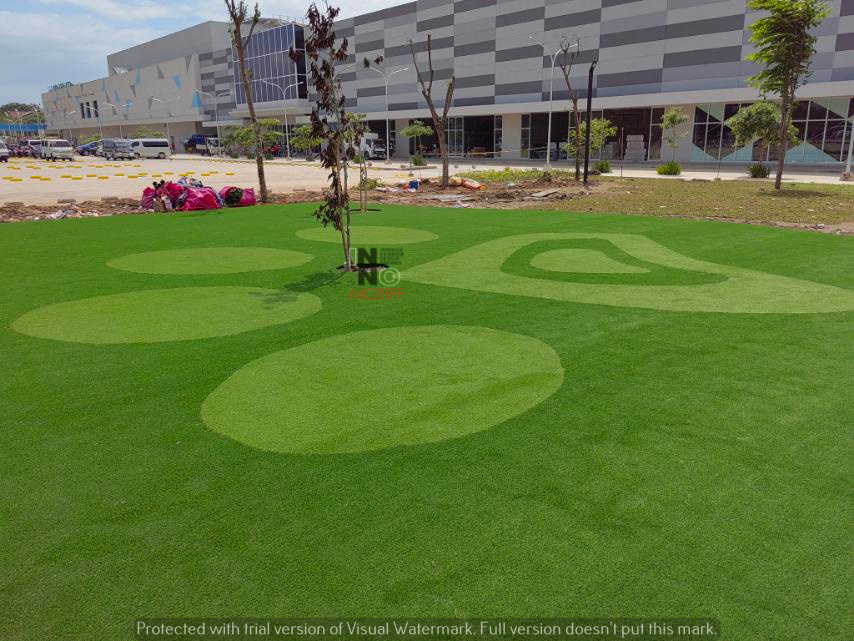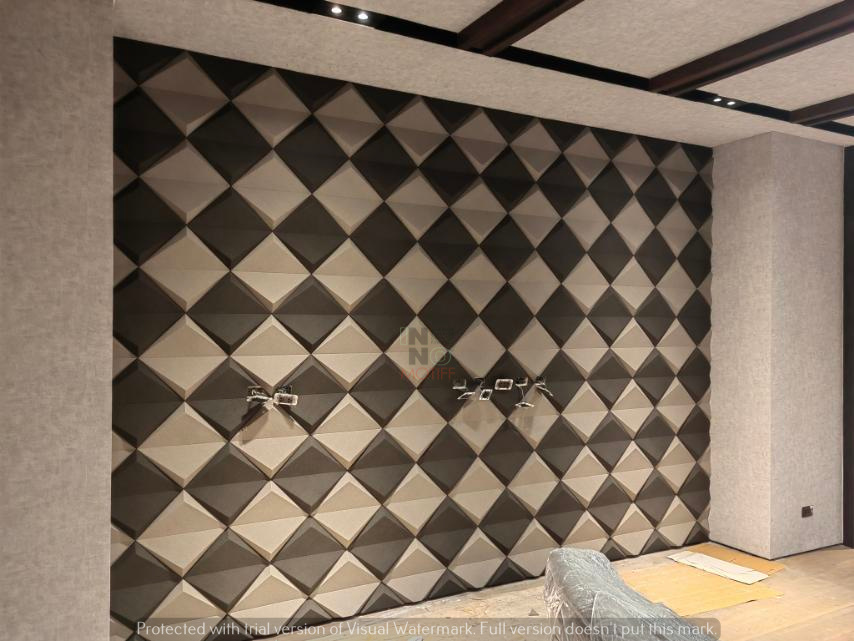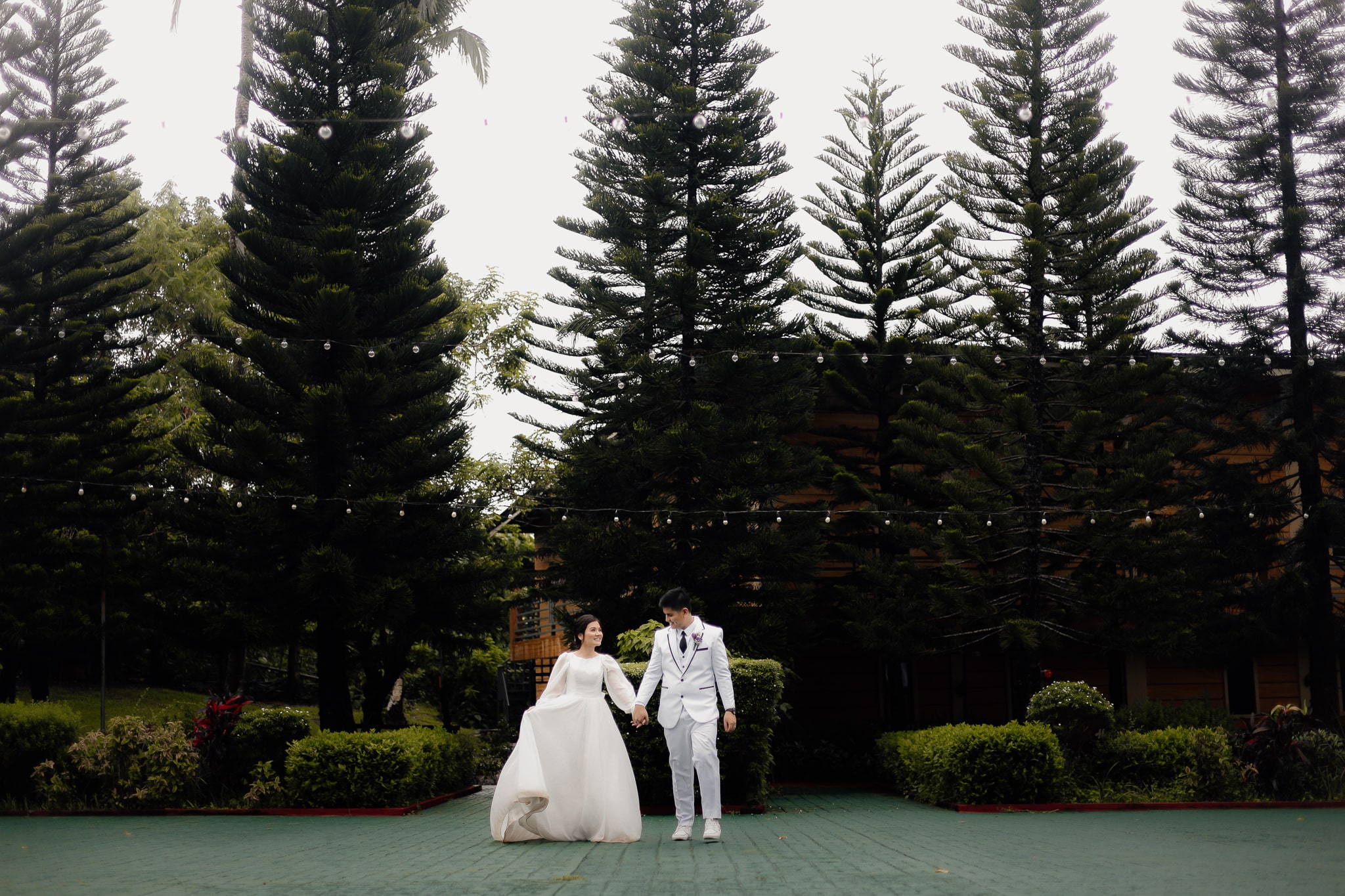Artificial grass has become increasingly popular as a sustainable alternative to traditional lawns, offering benefits such as water conservation and reduced maintenance. However, not all artificial grass is created equal when it comes to environmental impact. In today’s environmentally conscious world, finding eco-friendly artificial grass suppliers is crucial to minimizing our ecological footprint. In this blog post, we’ll explore how to identify sustainable suppliers and prioritize eco-friendly options for your landscaping needs.
Understanding Eco-Friendly Artificial Grass:
Eco-friendly artificial grass is designed with sustainability in mind. It typically incorporates recycled materials and utilizes manufacturing processes that minimize resource consumption and waste generation. Unlike conventional grass lawns that require constant watering, fertilizers, and pesticides, eco-friendly artificial grass conserves water and reduces chemical use, making it a greener choice for both homeowners and businesses.
Researching Sustainable Suppliers:
When searching for eco-friendly artificial grass suppliers, thorough research is key. Start by conducting online searches and exploring supplier websites to learn more about their products and practices. Look for industry certifications such as the Global Organic Textile Standard (GOTS) or certifications from organizations like the Sustainable Furnishings Council (SFC) that verify a supplier’s commitment to sustainability. Additionally, read customer reviews and testimonials to gauge satisfaction levels and verify suppliers’ claims of eco-friendliness.
Key Criteria for Assessing Suppliers:
Several factors can help you assess the sustainability of artificial grass suppliers. Consider the materials used in their products, including recycled content and renewable resources. Inquire about their manufacturing processes and whether they prioritize energy efficiency and waste reduction. Look for product certifications that validate their eco-friendly claims and inquire about options for end-of-life disposal or recycling. By prioritizing these criteria, you can ensure that you’re choosing a supplier that aligns with your environmental values.
Tips for Maintaining Eco-Friendly Artificial Grass:
Once you’ve installed eco-friendly artificial grass, proper maintenance is essential to maximize its lifespan and environmental benefits. Use eco-friendly cleaning products and practices to minimize environmental impact and avoid harsh chemicals that can harm the ecosystem. Regularly remove debris and organic matter to prevent mold and bacteria growth, and follow manufacturer recommendations for brushing and grooming to keep your grass looking its best. By taking care of your artificial grass, you can ensure its longevity and reduce the need for replacement, further minimizing your environmental footprint.
Takeaway
Choosing eco-friendly artificial grass suppliers is a proactive step toward sustainability in landscaping. By understanding what makes artificial grass eco-friendly, researching sustainable suppliers, and prioritizing key criteria, you can make informed decisions that align with your environmental values. Case studies and success stories highlight the benefits of choosing eco-friendly options, while proper maintenance ensures that your artificial grass remains green in more ways than one. Together, we can create outdoor spaces that are both beautiful and environmentally responsible.
Choose Inno + Motiff Corporation Philippines for artificial grass that exceeds expectations in durability and aesthetics, your trusted supplier of artificial grass.










